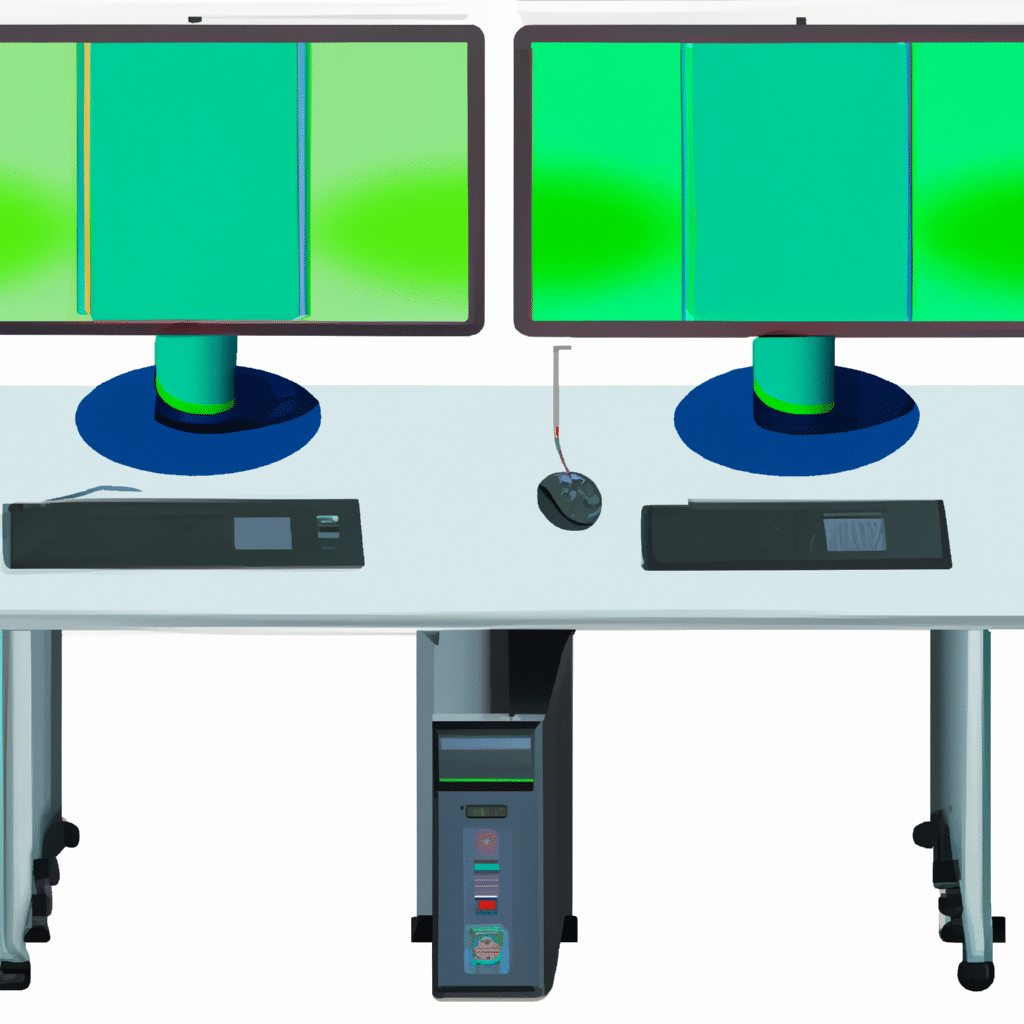How to Set up a Dual-Monitor Display on Your Computer
Having a dual-monitor display can be a game-changer for your productivity. It allows you to multitask, work on multiple projects simultaneously, and even stream videos or play games on one monitor while using the other for work. In this article, we will guide you on how to set up a dual-monitor display on your computer and make the most out of this powerful tool.

Check Your Hardware Compatibility
The first step in setting up a dual-monitor display is to ensure that your computer and graphics card can support it. Check your computer and graphics card specifications to ensure they have the necessary ports for dual-monitor display. Most modern graphics cards come with HDMI, DisplayPort, or VGA ports that can support dual-monitor display.
Connect Your Monitors
Once you have confirmed that your computer and graphics card are compatible with dual-monitor display, the next step is to connect your monitors. Use the appropriate cables to connect your monitors to your computer’s graphics card. If your computer has a dedicated graphics card, connect one monitor to the graphics card’s port and the other to the motherboard’s port. This step is crucial because if you connect both monitors to the motherboard’s port, you will not be able to use dual-monitor display.
Configure Your Display Settings
After connecting your monitors, you need to configure your display settings to enable dual-monitor display. To do this, right-click on your desktop and select Display Settings. In the Display Settings window, you will see two boxes representing your two monitors. If the monitors are not displayed in the correct order, click and drag them to the correct position.
Customize Your Display Settings
Once you have arranged your monitors in the correct order, you can customize your display settings to suit your preferences. You can choose to extend your desktop, duplicate it, or use one monitor as the primary display and the other as the secondary display. To do this, click on the drop-down menu under Multiple Displays and select the desired display mode.
Adjust Your Screen Resolution
After configuring your display settings, you may need to adjust your screen resolution to ensure that the text and images on your monitors are clear and sharp. To do this, click on the drop-down menu under Resolution and select the recommended resolution for your monitors. You can also adjust the scaling and layout to ensure that the text and images are displayed at the right size.
Troubleshoot Common Issues
Sometimes, you may encounter issues while setting up a dual-monitor display. One common problem is when one monitor is not detected by your computer. If this happens, check your cables and ensure that they are properly connected. You can also try updating your graphics card drivers to resolve the issue.
Conclusion
Setting up a dual-monitor display on your computer can be a game-changer for your productivity. By following the steps outlined in this article, you can easily set up a dual-monitor display and customize it to suit your preferences. Remember to check your hardware compatibility, connect your monitors, configure your display settings, customize your display settings, adjust your screen resolution, and troubleshoot common issues. With these steps, you will be well on your way to enjoying the benefits of a dual-monitor display.












